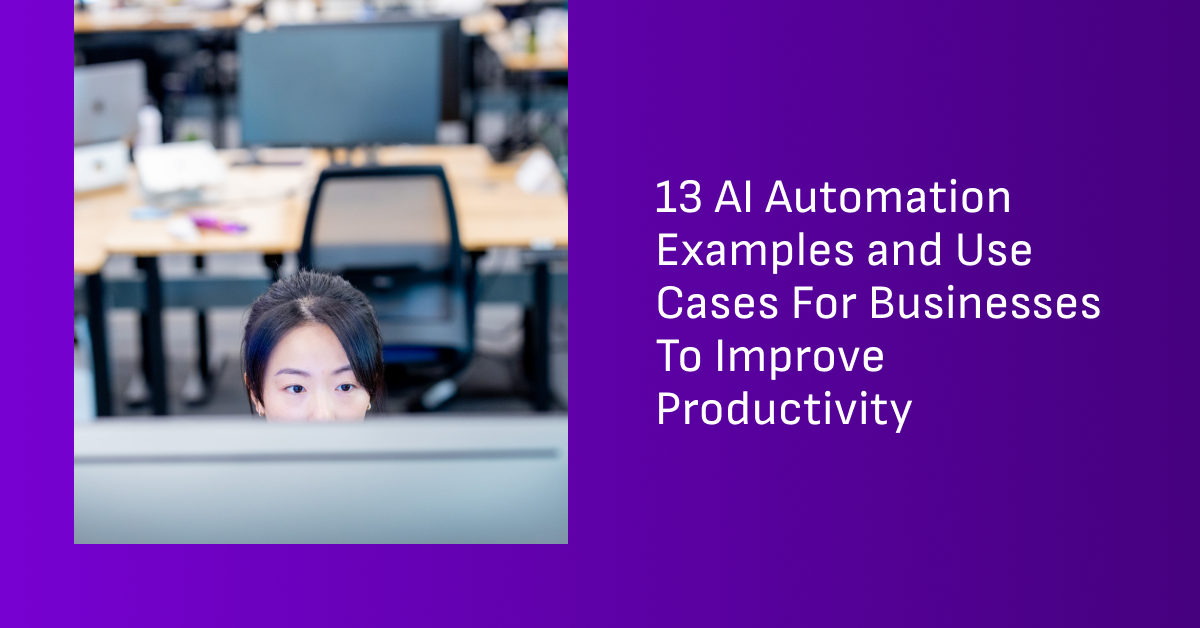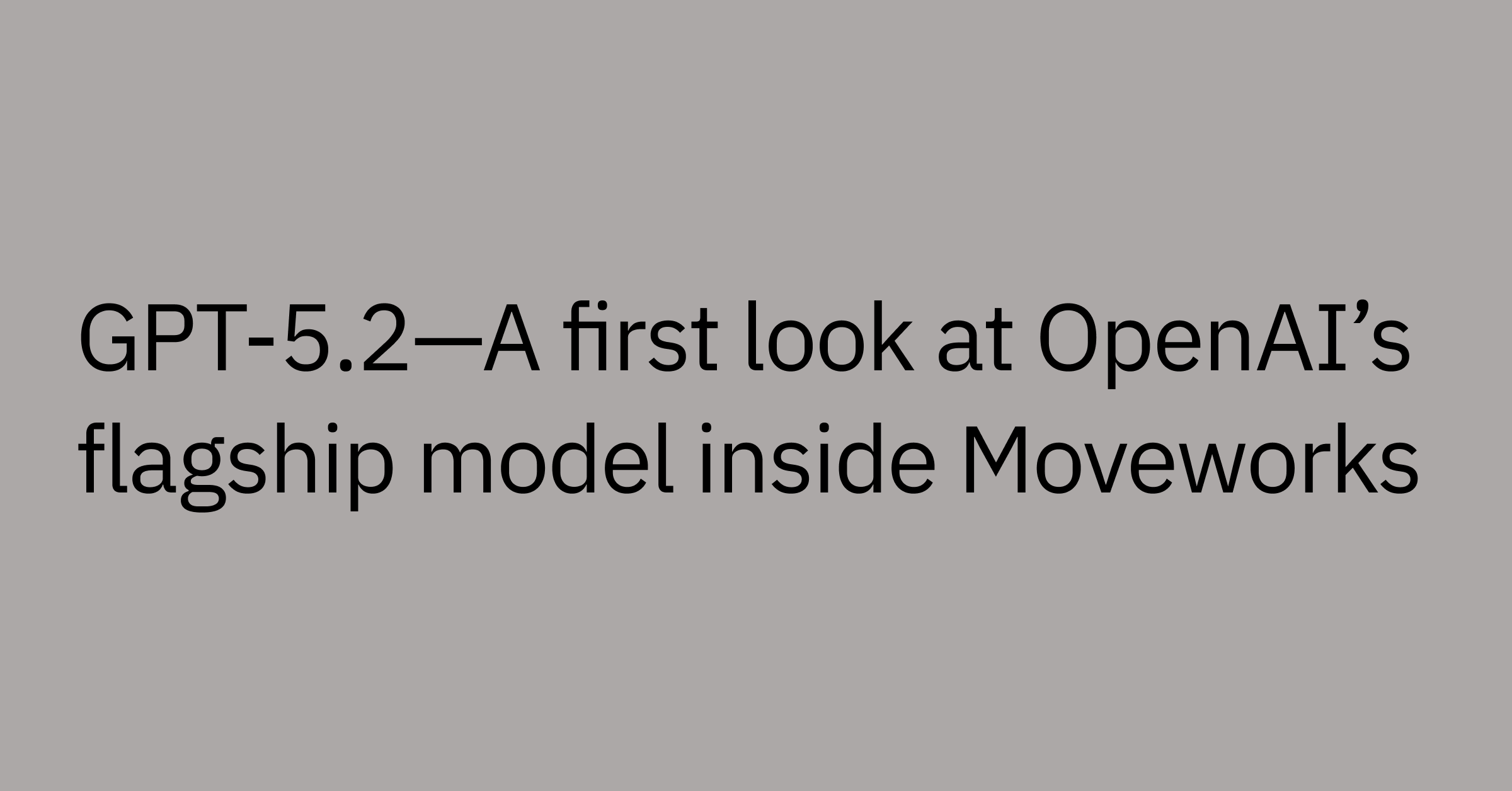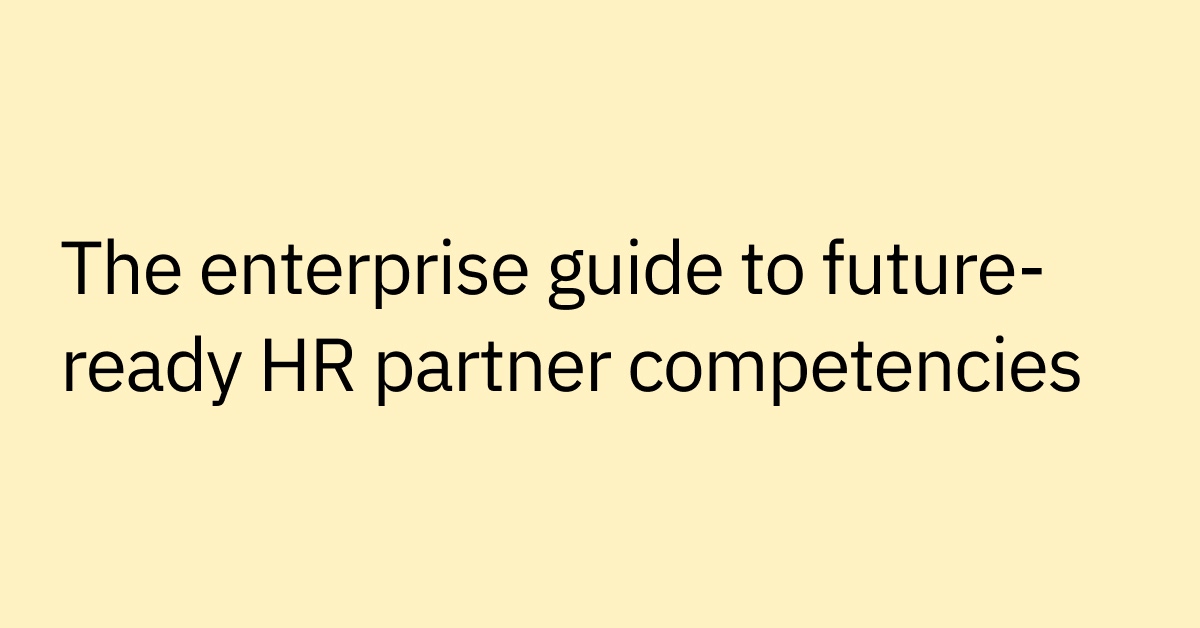Table of contents
Think about some of the tasks people commonly perform using technology: adding an item to their grocery list with Alexa, browsing their Spotify Discover playlist, hailing a ride with a self-driving car, or consuming an endless stream of curated content on social media.
Behind the scenes, with all these kinds of conveniences, Artificial Intelligence (AI) is doing the heavy lifting. It removes the manual work from a wide range of tasks, and it’s so common that one study found that as many as 99% of Americans could be using AI-powered products weekly (whether they know it or not).
But these conveniences aren’t just in consumer products—AI automation tools are also powering workplace efficiencies by accelerating growth, helping to cut costs, and improve productivity across industries, from IT to healthcare.
What is artificially intelligent automation?
Automation is the use of hardware, software, and algorithms to perform tasks with minimal to no human intervention. Traditional automation follows static rules and is often limited to repetitive, single tasks.
In contrast, AI automation can learn from data, adapt to new situations, and perform a range of functions. AI automation refers to systems that combine machine learning algorithms, natural language processing (NLP), and other advanced AI technologies to understand user input, make decisions, and automate tasks or processes..
These tasks can include customer service chatbots that understand and respond to natural language inquiries, to advanced robotics that can manage intricate manufacturing processes.
But rapid technological innovations—and AI, in particular—greatly expand what businesses can automate. Large language models (LLMs) are becoming much more sophisticated. This means that models can now perform a wider array of repetitive and complex tasks with minimal human intervention, helping to free them to handle other tasks.
When AI and automation combine to form intelligent automation, it can gain abilities like reasoning, learning, and improving with experience to offer more value and flexibility than traditional automation tools alone.
For example, take software provisioning. In addition to deploying software on a user’s machine, AI automation can also check the user’s permissions to see if they’re authorized to use the software in question. The IT team doesn’t have to verify themselves and can use AI to manage this process.
The benefits of AI-powered automation
Enterprise AI automation solutions can fully integrate across business systems, offering numerous operational benefits, including:
- Time savings: AI tools handle routine tasks so employees can focus on more strategic and high-value activities.
- Cost reduction: Eliminating manual processes lowers the risks of costly human errors and allows businesses to accomplish more with fewer resources.
- Scalability: Automated systems don’t get overwhelmed when the workload picks up, allowing you to scale without sacrificing quality.
- Data-driven decision-making: Machine learning models detect patterns in real-time, helping you gather and analyze information and respond quickly based on data-backed insights.
- Employee satisfaction: Teams spend less time on mundane administrative and repetitive tasks, which improves morale and retention.
1. Streamline talent acquisition and new employee onboarding
Recruiters and HR professionals often spend large amounts of time each day screening resumes, talking to potential job candidates, coordinating interviews, and onboarding new employees.
In the current climate, where recruiters are often inundated with hundreds if not thousands of applicants for a single role, AI automation can help by automatically sorting applications, highlighting promising candidates, and scheduling interviews. Once a candidate responds or accepts a job offer, it can automatically send the relevant materials to the candidate.
During onboarding, an AI tool can deliver training materials, help with software provisioning, and answer questions about benefits and company policies.
This can significantly speed up the hiring process (important since the average time to hire is currently around 44 days). Additionally, it can customize and improve the screening experience for candidates, giving them a better first impression of your organization.
In fact, Unilever saved 70,000 hours by automating its screening processes using AI. They use an online platform that includes, among other things, video interviews that automatically assesses candidates’ responses to interview questions using NLP and body language analytics.
While using AI in this way greatly helps Unilever process the 1.8 million applications they receive each year, it also benefits the candidates, as their AI tool also offers valuable feedback to every applicant. A courtesy that is often overlooked by companies that are forced to handle large volumes of applications manually.
2. Answer employee questions about company policy and more
Generative AI can process natural language from users and respond in kind. Instead of calling HR, employees can ask an organization’s AI-powered chatbot about company PTO policies and get instant, more accurate answers.
You’ve probably encountered tools like this in other contexts. For example, if your internet goes out and you contact support, your provider’s chatbot can look up your customer details and respond intelligently, confirming an outage or helping you troubleshoot.
IBM built its AskHR chatbot to help employees get information about their benefits, saving the company 12,000 hours in 18 months.
3. Automate monthly direct deposits and manage payroll
The payroll process (collecting timesheets, calculating wages and taxes, and sending paychecks) is almost always the same every pay cycle, making it a perfect fit for AI.
An AI automation tool can monitor data from time-tracking software and detect anomalies like unexpected overtime. It can also flag discrepancies, calculate taxes, and process payments. This means no late checks, fewer errors and disputes, less paperwork, and a more straightforward month-end close.
Audio and media company Communicorp UK can attest to the benefits firsthand. They used AI automation to reduce their payroll processing time from one to two days to just one hour.
4. Streamline reviews, approvals, and tracking employee expenses
Manual expense reporting is a tedious process. Employees need to keep track of receipts, fill out forms, and have managers sift through paperwork and data to approve everything.
However, with AI automation, employees can take a picture of a receipt and upload it to an AI-powered system. The AI reads, categorizes, and expenses the purchase and then notifies expense approvers of the charge. Finance teams don’t have to chase down receipts, and employees can easily comply with internal policies and get reimbursed quickly.
Uber integrated automated expense tracking into its Uber for Business product, which helped the company save $170,000 in employee hours and significantly minimize errors.
5. Enhancing troubleshooting and resolution of common IT issues
Password resets, software installation, and basic network issues often swamp IT departments. While these are relatively simple tasks for a modern IT professional, they still require a support technician to handle them manually—resulting in a mean time to resolution (MTTR) of around 40 hours.
However, AI automation can handle many of these tasks completely independently, from start to finish.
Say an employee needs access to a particular piece of software. Instead of submitting an IT request and waiting for a response, the employee can tell the support chatbot what they need. The bot then checks the user’s permissions and automatically provisions the software without involving the human IT team.
Vodafone has seen impressive results using generative AI to conduct site assessments, speed up root cause analysis, and optimize and diagnose network operations.
6. Provide personalized tech support
Conversational AI tools do more than answer routine, generic questions. Those that integrate across your applications can also securely draw on contextual knowledge to tailor answers based on users’ roles, devices, and preferences, allowing them to personalize the support experience at scale.
Modern organizations are constantly looking for new ways to improve the employee experience, and using AI for personalization delivers greater employee satisfaction, engagement, retention, and performance, something Hearst has witnessed.
The company turned to AI automation to help resolve technical issues for its 15,000 employees and take the pressure off its IT team. Now, Hearst’s AI assistant, nicknamed Herbie, provides personalized answers to over 1,200 employee questions every month and resolves 57% of issues autonomously.
7. Strengthen security with 24/7 monitoring
Cybersecurity teams have their work cut out for them, from data leaks to new tools that allow hackers to launch attacks at scale. Amazon alone sees more than 750 million cyber threats per day—far too many for humans to monitor and prevent.
AI tools can monitor network activity, user behavior, and system logs 24/7. They can learn to spot suspicious patterns in real-time (such as unauthorized logins and data transfers) and stop them before they escalate. This helps give security professionals peace of mind and allows them to stay focused on resolving issues and their big-picture defense strategy.
Darktrace, a cybersecurity firm, uses AI to more effectively stop threats. Their AI solution works 24/7/365 to isolate and prevent security issues, allowing them to promote faster response times and adapt to changing security conditions.
8. Generate unique copy for marketing campaigns with a few clicks
Marketers spend a lot of time writing copy for social media, paid ads, emails, and blogs. Generative AI helps speed up content creation and enables marketing teams to launch and refine campaigns quickly by handling tasks like:
- Drafting social media captions for new promotions
- Compiling email newsletters using data from multiple sources
- Suggesting catchy headlines for new launches
Sage Publishing, a global textbook publisher, leveraged generative AI to streamline marketing for over 100 new textbooks a year. This allowed them to reduce content drafting time by a whopping 99% and saved them 50% of their marketing spend.
9. Simplify and improve supply chain management
Large-scale supply chains require considerable effort to manage, including demand forecasting, inventory management, and logistics. AI can help by analyzing sales trends, market demands, and even weather to predict demand and inventory needs. It can also optimize routes in real-time to ensure timely deliveries.
Industries with high volume and perishable goods may see the most benefits, as they can better manage demand and keep products from going to waste due to slow sales or delivery delays.
For example, Walmart developed a proprietary AI-powered solution to manage its supply chain better, increase product availability, and reduce its environmental impact. So far, it has helped to reduce 30 million unnecessary miles, helping it avoid as much as 94 million pounds of CO2 pollution.
10. Summarize lengthy PDF documents with ease
Lengthy PDF files (like whitepapers, case studies, legal contracts, and technical manuals) can be time-consuming to read. But AI summarization tools can read the text for you, provide a comprehensive abstract of the main points, pull out and cite key insights, and even generate helpful visual aids.
This can help finance, legal, and research departments quickly understand the gist of documents and review documentation much faster, while diving in deeper and chatting with AI tools as needed for clarification.
Financial services provider JPMorgan Chase implemented an AI tool that serves as a research analyst for its 50,000+ employees worldwide.
In addition to ideation and writing, the solution instantly summarizes lengthy, complicated financial documents and reports, supporting knowledge sharing and data-driven decision-making throughout the organization.
11. Qualify and nurture business leads
You can also tackle parts of the sales process with AI—like qualifying and nurturing business leads. For example, AI can analyze website interactions, emails, and social media engagement to gauge interest in products and learn about leads. This gives sales teams more information they can leverage to close deals.
In addition, these insights help marketing teams scale campaigns more efficiently and target the right people with the right offers for better conversion rates and a more personalized customer experience.
The Commercial Real Estate Exchange, Inc., better known as Crexi, augmented its sales process using AI, saving every sales rep five hours daily. The organization’s sales teams use AI to generate emails, follow up with leads, gain customer insights, and leverage the data stored in their CRM more effectively. Now, its sales reps can refocus as much as 80% of their days on customer engagement instead of administrative work.
12. Identify patterns in customer behavior
Understanding customer preferences can reshape how businesses refine their offerings. AI can spot shifts and new trends by analyzing large amounts of data (including clickstream data, purchase history, support tickets, and public market trends) to help sales teams determine what problems customers have and what they are looking for.
Identifying these patterns helps you quickly spot consumer trends and proactively address issues. This will allow you to stay ahead of your competition and show your customers that you listen.
Netflix’s recommendation engine is one of the best examples of how AI is used for personalization. This AI-powered tool gathers data from every customer interaction, allowing it to understand customers’ preferences and deliver relevant recommendations.
This helps the company better align supply with demand and also keeps customers engaged with its service.
13. Improving business processes with predictive maintenance
Predictive maintenance uses AI to monitor equipment conditions and forecast potential failures. Sensors and machine learning tools can detect warning signs before breakdowns happen, allowing maintenance teams to keep vital machines operational and work proactively to prevent downtime.
When a problem is detected, the AI automation tool triggers alerts and sends them to the relevant maintenance crews. It can also notify when parts are needed to ensure repairs happen on time, to help minimize downtime and costs.
General Electrical (GE) uses AI-powered predictive maintenance for blade inspection, engine monitoring, fuel monitoring, and parts prediction within its aerospace division. As a result, they can identify preventative maintenance needs 60% faster.
How AI assistants are supercharging the capabilities of automation
AI assistants—or AI agents—work behind the scenes to learn, adapt, plan, and act autonomously. They differ from traditional process automation tools in that they are much more dynamic, since they aren’t limited to a set of rules or single tasks.
Instead, they are able to continuously learn, tackle new and increasingly complex challenges, adapt to changing business environments, and communicate in natural language.
For example, they can:
- Gather context from multiple sources (like HR, IT, and CRMs)
- Understand intent in natural language using NLP
- Perform complex tasks using automated workflows
- Learn from each interaction to continuously refine outputs
Learn more about how AI agents can work autonomously to streamline business processes.
Moveworks helps automate your business processes
Moveworks is the agentic AI platform for accelerating enterprise business processes and automating employee support needs.
- Moveworks AI Assistant gives your employees one place to go to find information and automatically resolve many support issues across your business applications.
- Deploy AI to automate your business workflows faster, and customize with our numerous integrations or by building your own AI agents.
When you implement AI automation at scale, you can reduce manual efforts, improve productivity, and transform your business' operational efficiency now and well into the future.
Download our guide to getting started with agentic automation to learn how to optimize your business processes and set you up for sustainable growth.



